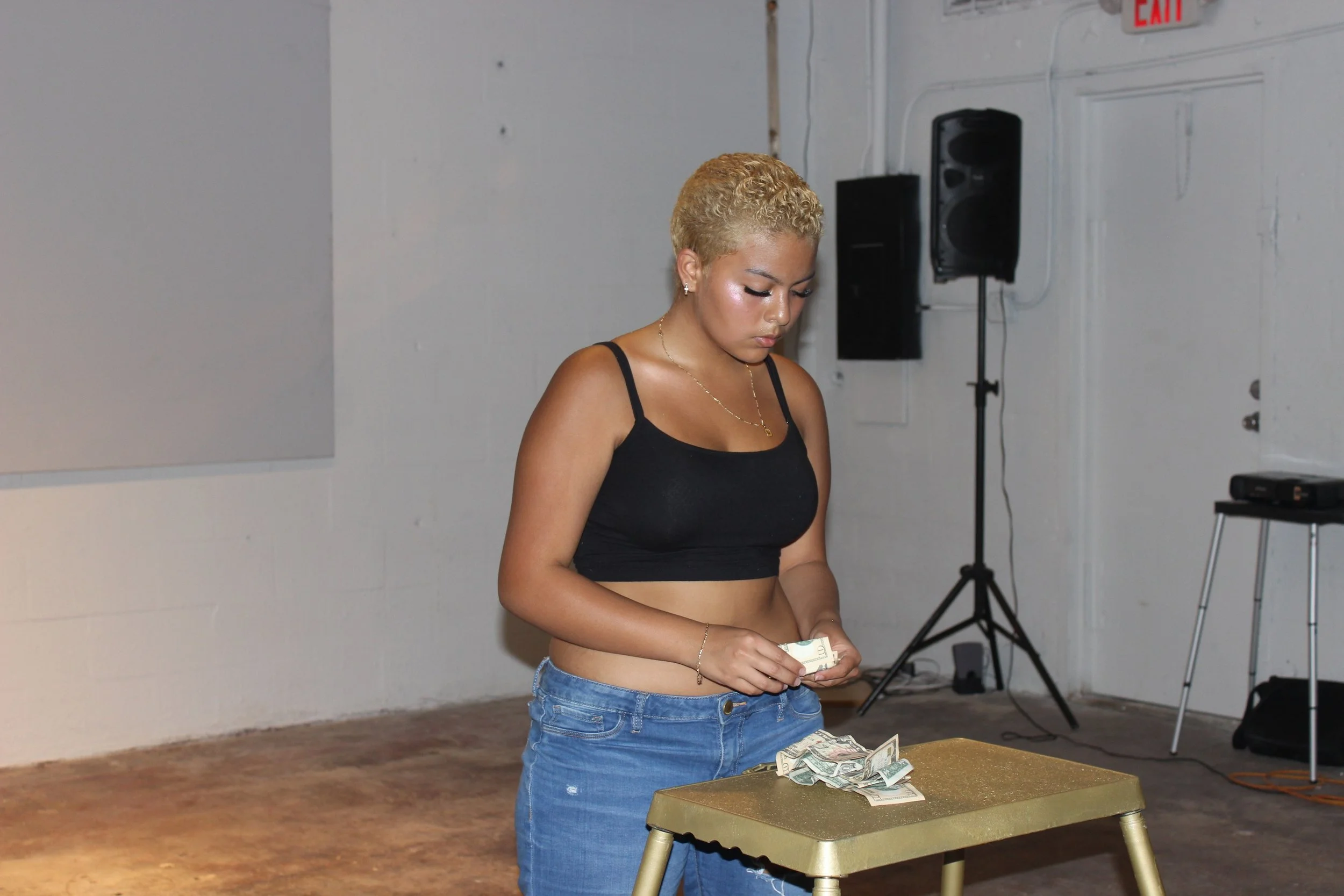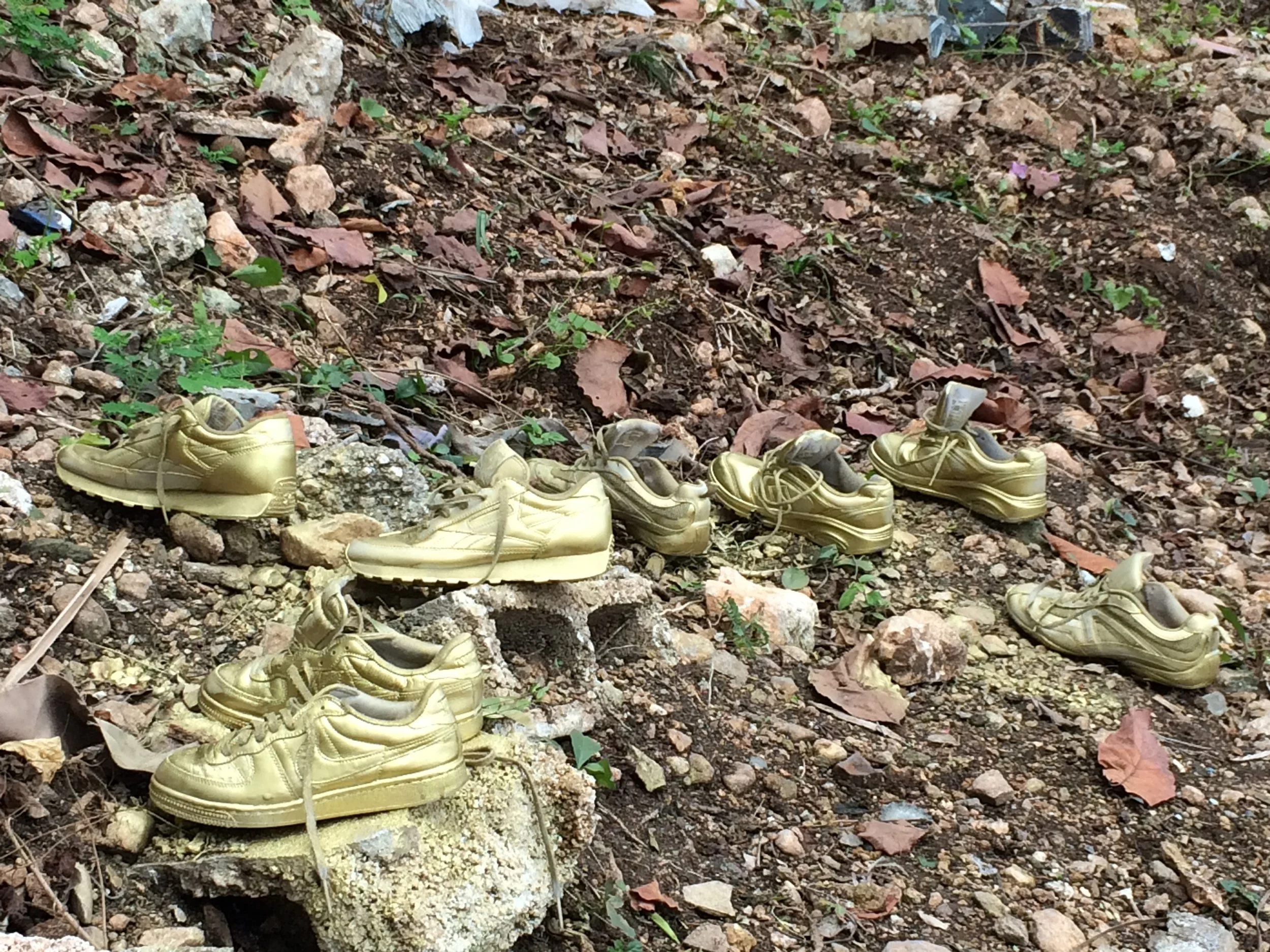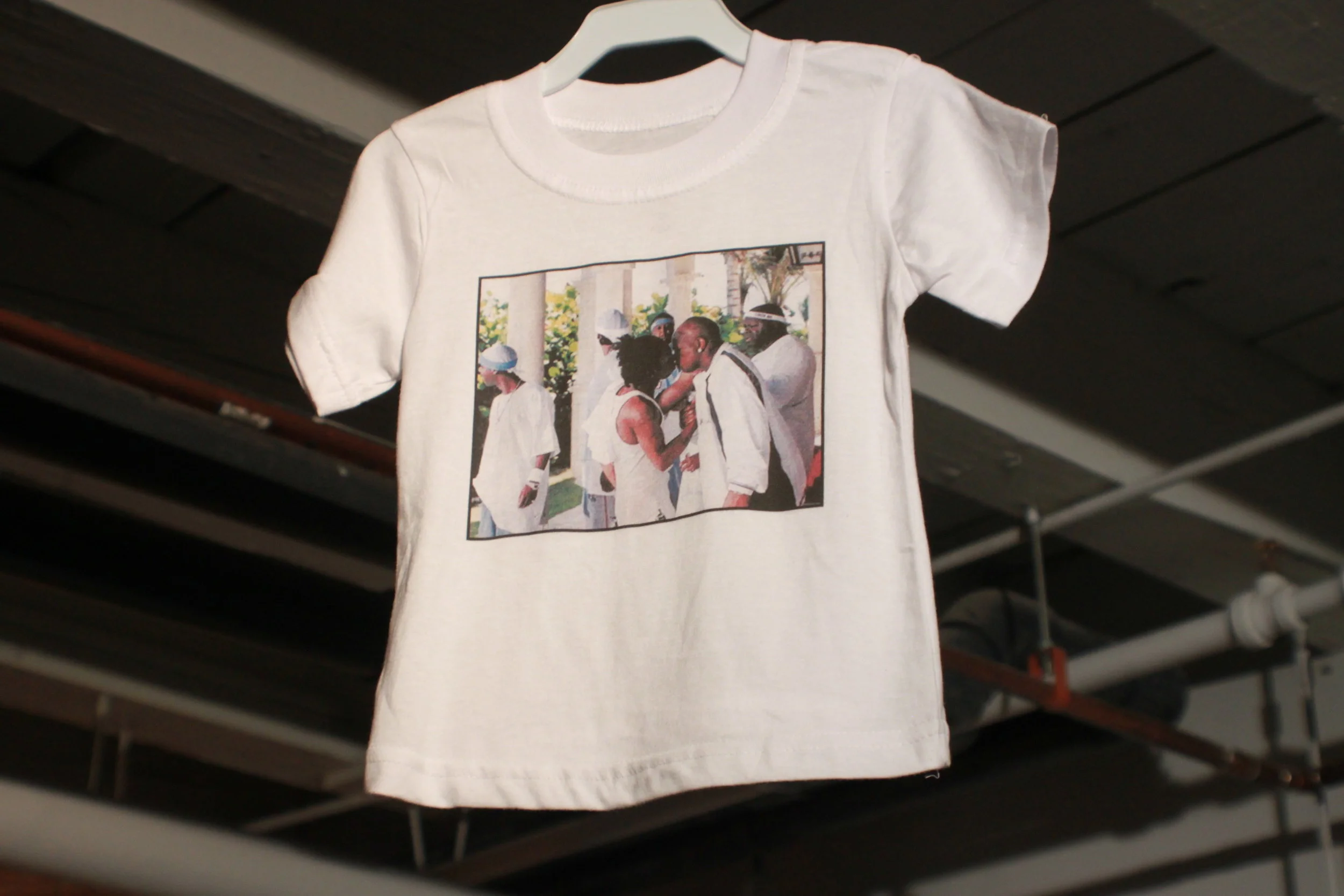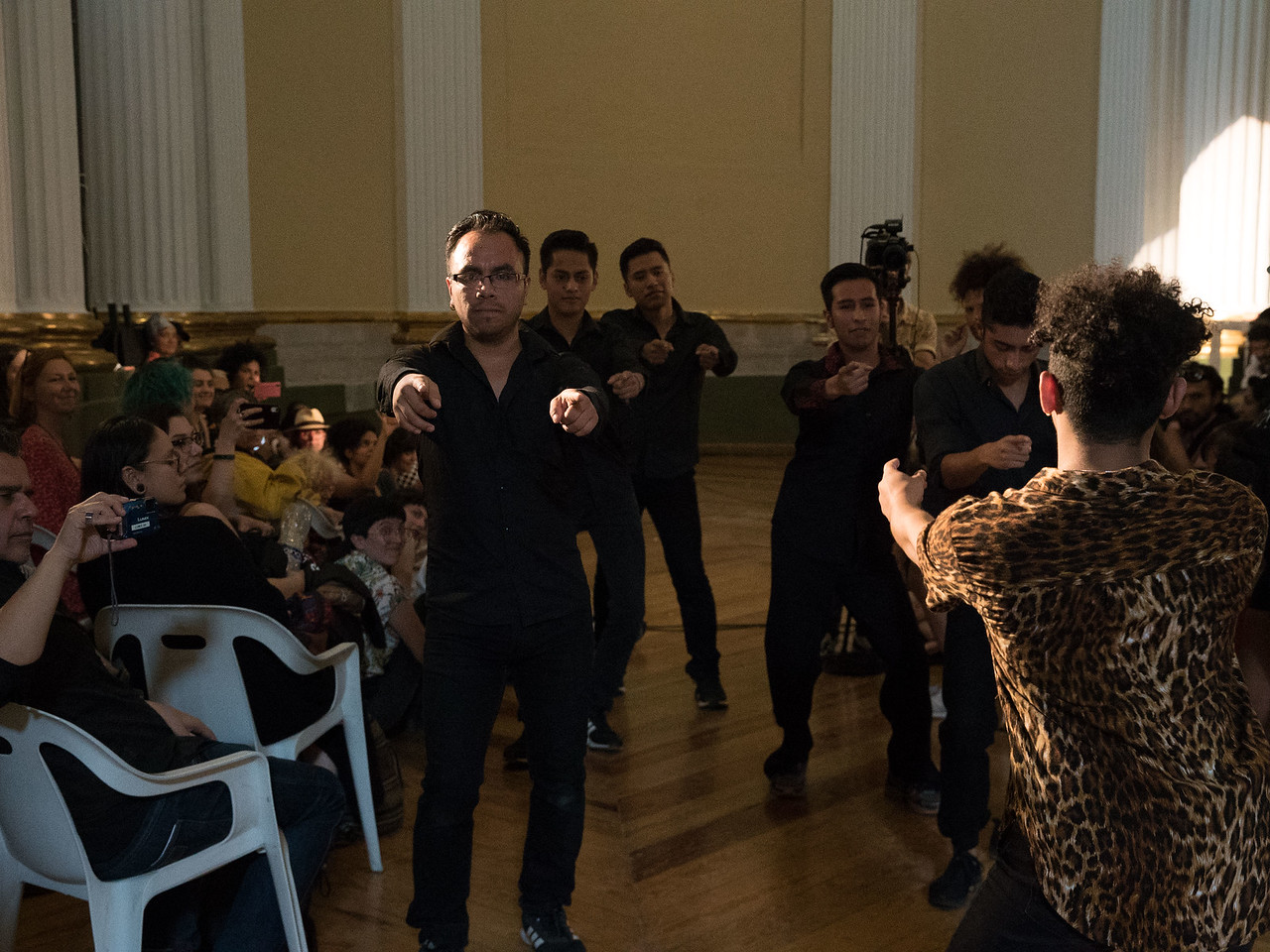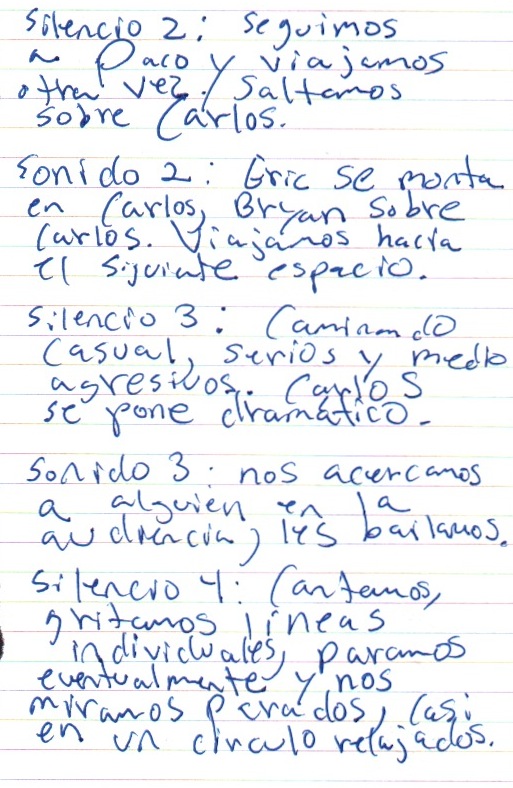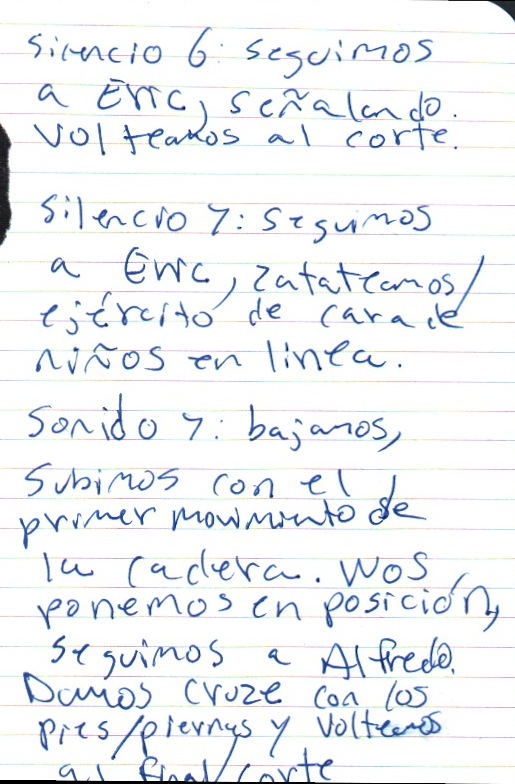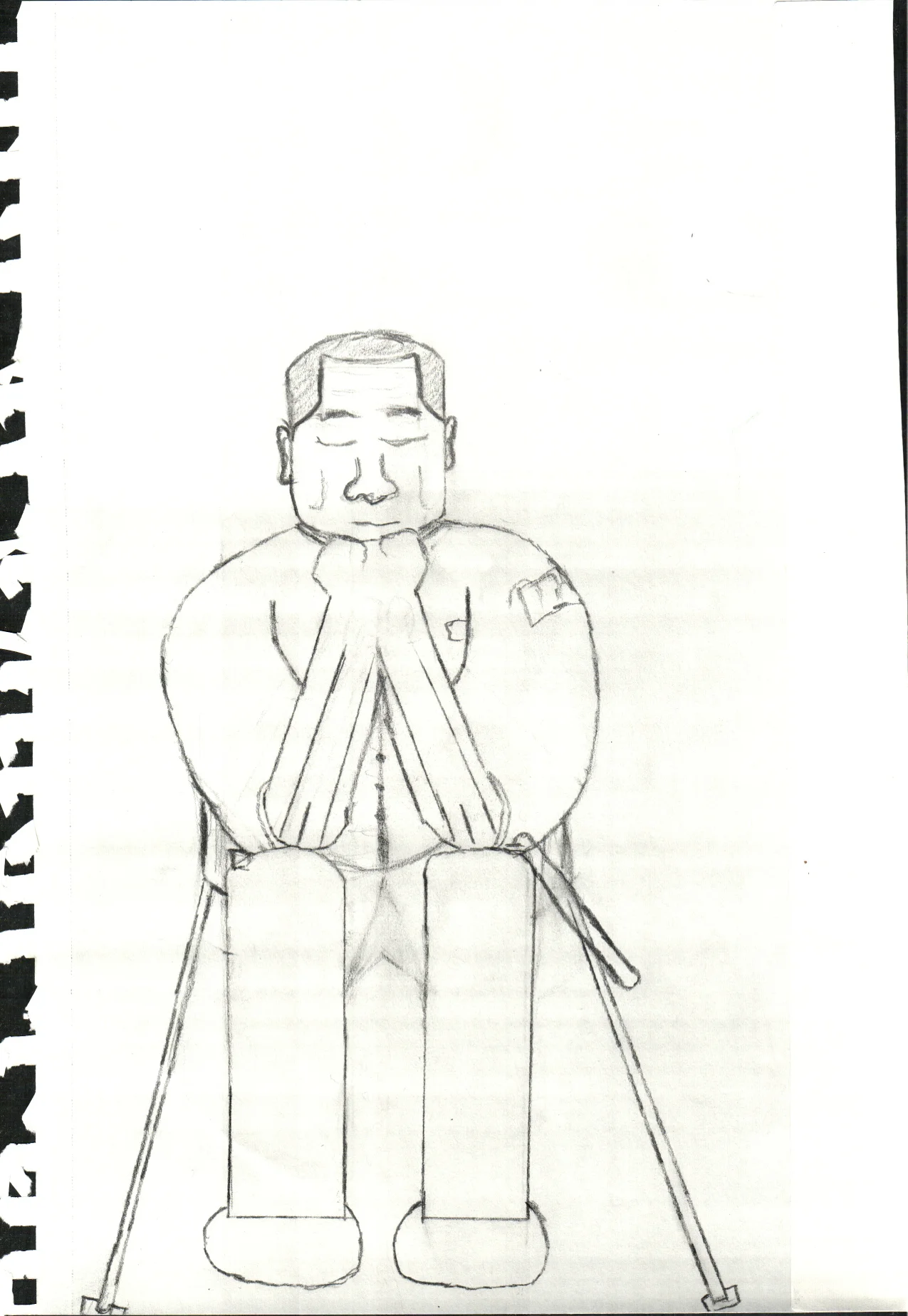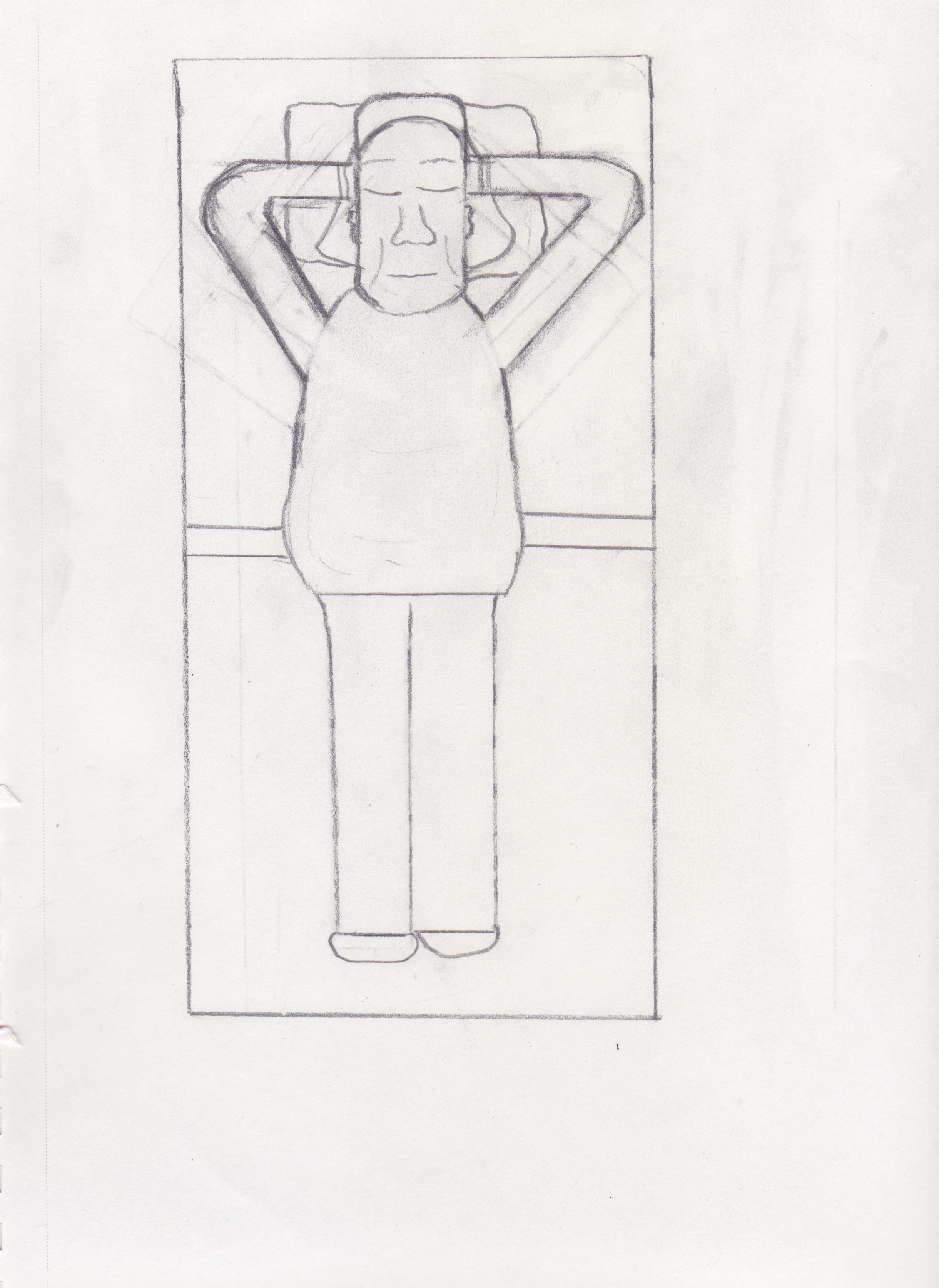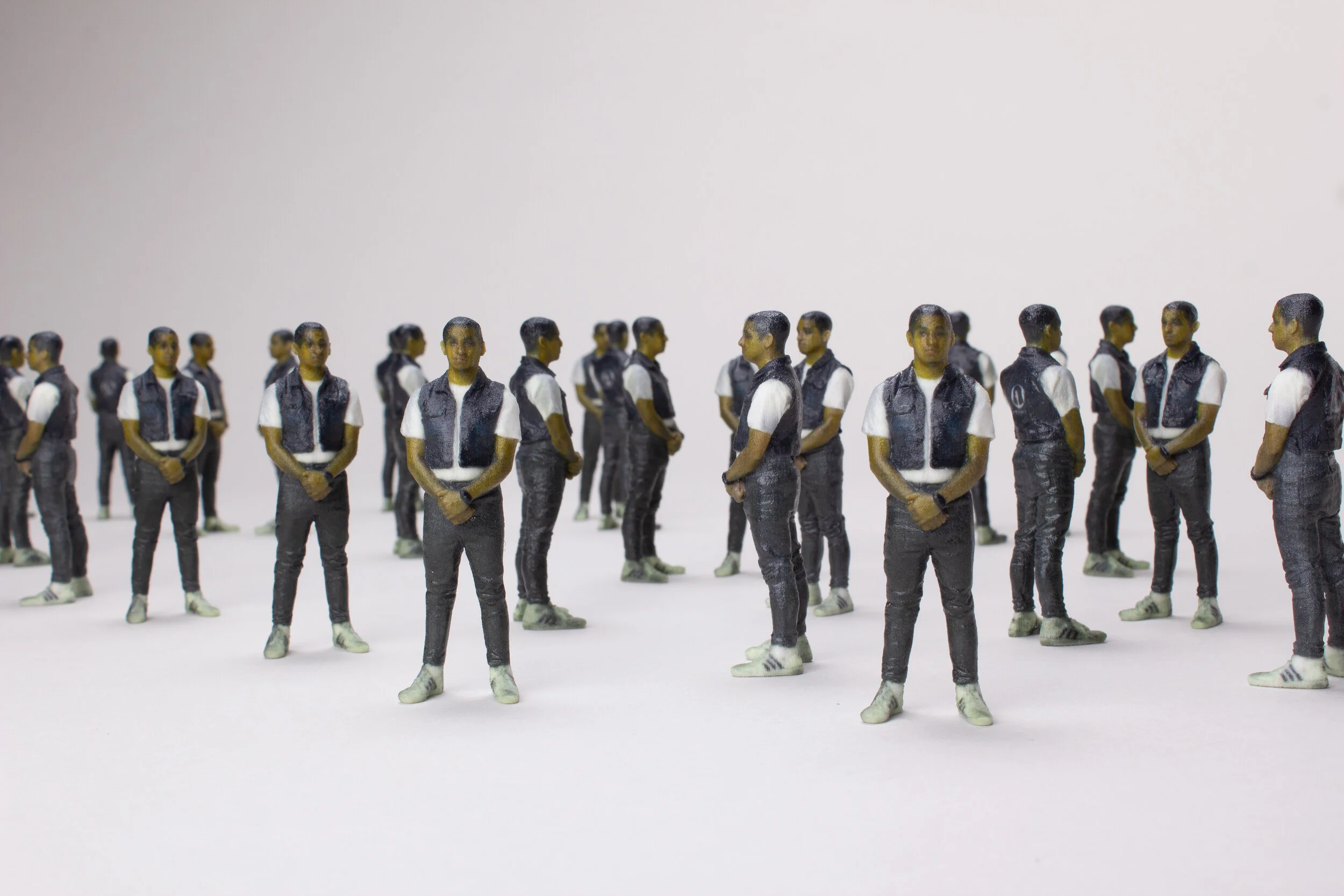2024-2025
Installation
Art Exchange, Colchester, UK
101 stuffed dogs, ‘Sport Boys’ dog jerseys, corrugated plastic roofing, jesmonite sculpture, gold coated chain, 2 gold rings, original audio track, HD video, commissioned styrofoam, Tecnopor sign (made in Peru) spelling “Quien Dijo Miedo,” pink carpet, pink velvet curtains, gold cuban link chain and ‘Brujo’ gold coated metal pendant, soft pink heart pillows, milk, glass, table, framed 35mm print/photograph, Sarita Colonia amulet, 2 plastic buckets, adhesive vinyl, 35mm photograph of barbies, red carpet, blue and red light jells, dog speakers (from which a salsa and reggaeton playlist plays) , wooden planks made into makeshift DJ booth, hanging banner depicting archive images of a flooded Callao in the aftermath of a meteotsunami in 1924, beach stones, shoe boxes, stickers, mp3 player (with playlist of corridos tumbados playing), twin size metal bed (from Essex University), twin size used mattress, pillow, twin size bed sheets, bed side table, ‘El Boys’ fanny pack, flavoured condoms, underwear, soles (Peruvian currency bills), Axe spray, beer and sea side magnets.
“In theatre, the act of taking a bow is both an ending and an acknowledgment—a moment of reflection and celebration on a performance completed. Bryan Giuseppi Rodriguez Cambana’s Taking a Bow extends this metaphor to life itself, asking “as death approaches, who do we bow to after the great performance of living?”
This exhibition unfolds across two acts, blending semi-fictionalised dramatisation with personal accounts of mourning. Both acts are set in the Peruvian coastal community of Callao. Known for its Afro-Peruvian heritage, Callao is home to one of the largest ports in Latin America. It is also a tight-knit working-class community where humans and stray dogs protect each other amid institutional neglect and the geographical threat of seismic activity and tsunamis.
The first act unfolds as a dreamscape blending personal memory and urban geography. It honours the memory of Bryan Giuseppi’s friend, found deceased in a bowing position as if in final gratitude. The scene merges elements of a bedroom with Callao’s vibrant, precarious coastal environment, alive with salsa, reggaeton, and the cries of stray dogs, who bark protectively in anticipation of severe water movement. The second act is a tribute to the artist’s biological grandfather, affectionately known as el ‘El Brujo’ (‘The Witch’) for his knowledge of occult magic and alternative medicine. By recreating his pink living room, the exhibition examines complex and tender masculinities that transcend patriarchal rigid gender constructs in the face of life’s impermanence.
Together, these acts interplay personal memory with the rich emotional and collective landscape of mourning. In doing so, this art installation reflects the richly layered and sometimes contradictory dimensions of identity and belonging. Through these interwoven stories, Taking a Bow transforms intimate memories into an ode to the resilience, complexity, and beauty of masculinities in coastal communities.”
-Gisselle Giron Casas
Curated by Gisselle Giron Casas
Commissioned by Art Exchange and ESCALA Collection
The complete play inspired by the exhibition is available here

















